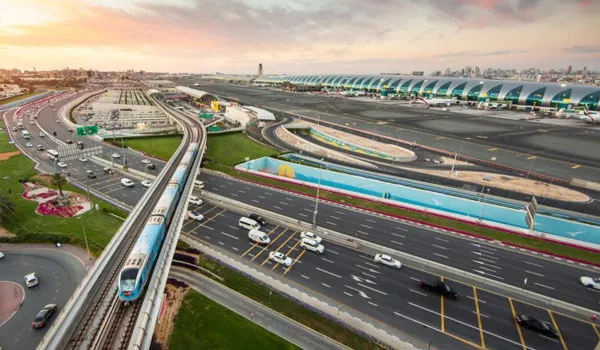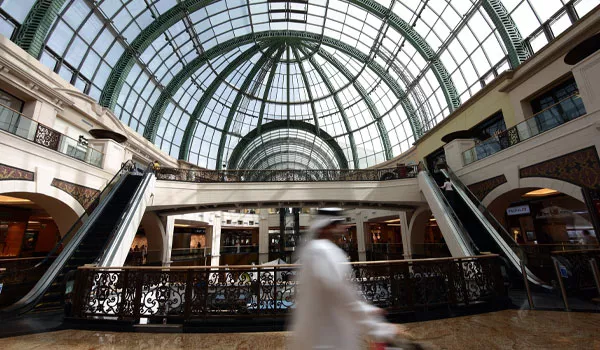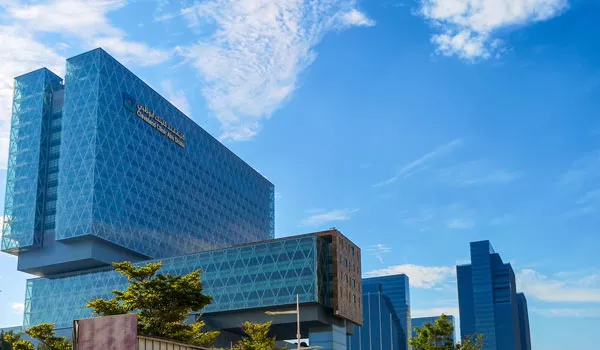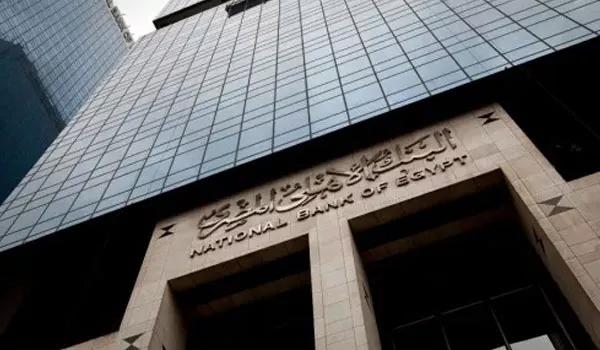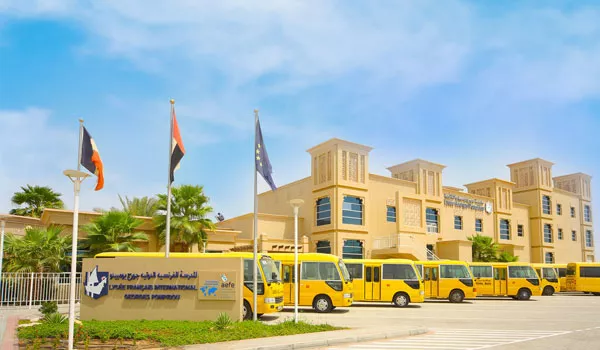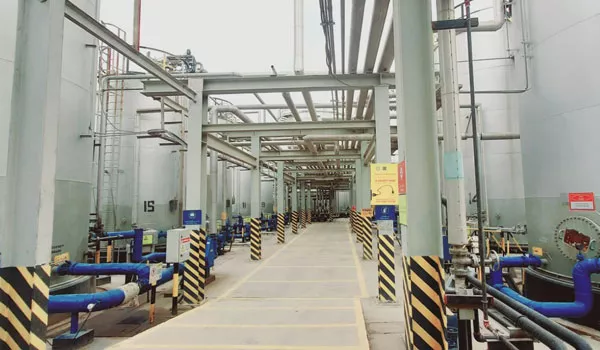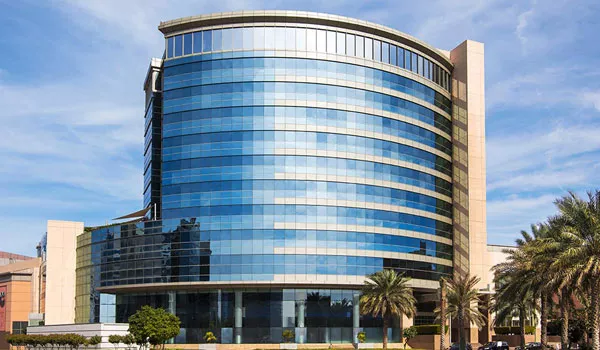Facilities Management involves the comprehensive coordination and management of all services and activities that support the core functions of an organisation’s facilities. This includes maintaining buildings, infrastructure, and equipment, ensuring optimal functionality, safety, and efficiency. Facilities Management encompasses everything from routine maintenance and repairs to energy management, and regulatory compliance, aiming to create a productive and sustainable working environment.
Our Solutions
Discover our integrated approach to energy, performance, and facilities management, enabling you to achieve your organization’s operational, financial, and environmental targets through Enova’s innovative solutions.
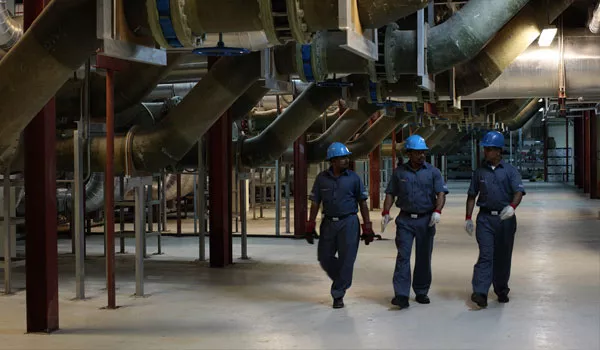
Facility Management Services
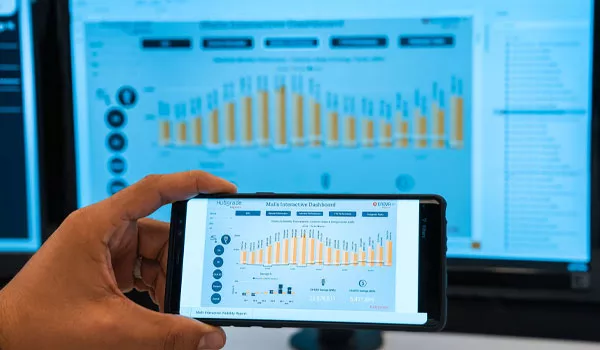
Energy Management Services
Energy management involves the systematic monitoring, controlling, and optimising of energy usage in buildings and facilities. Energy Services Companies (ESCOs) deliver tailored solutions, including energy audits, performance enhancements, and implementation of energy-saving technologies, to reduce costs and improve efficiency while ensuring environmental sustainability. These services incorporate advanced digital tools and analytics for continuous improvement and real-time energy management.
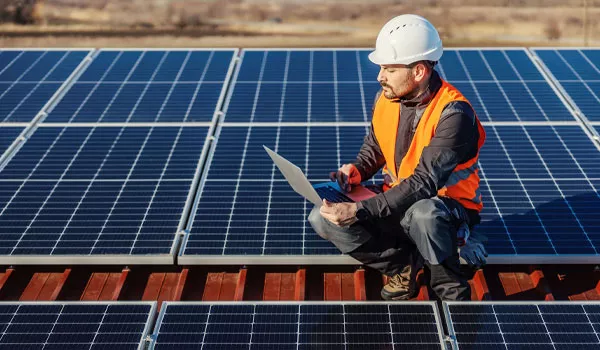
Renewable Energy Solutions
Enova offers innovative renewable energy solutions aimed at driving sustainability and reducing carbon footprints. Leveraging cutting-edge technology and expertise, Enova provides tailored renewable energy services empowering clients to transition towards cleaner, more sustainable energy sources, while simultaneously enhancing operational efficiency and environmental leadership.

Sustainable Solutions
Sustainable solutions focus on implementing practices and technologies that minimize environmental impact and promote resource efficiency. These solutions aim to reduce carbon footprints, conserve energy, and utilize renewable resources to create a more sustainable and resilient future. By integrating sustainability into operations, organizations can achieve long-term environmental, economic, and social benefits.

Asset and Performance Management
Asset and Performance Management involves the strategic oversight and optimization of an organisation's physical assets to ensure maximum efficiency and longevity. This process includes regular monitoring, maintenance, and data-driven analysis to enhance asset performance and reduce operational costs. The goal is to achieve sustainable and reliable operations while meeting regulatory standards and organisational objectives.

Project Management
Project Management for technical, MEP (Mechanical, Electrical, and Plumbing), and Energy Performance involves the strategic planning, coordination, and execution of projects to ensure optimal functionality and efficiency of building systems. This comprehensive approach integrates technical expertise, precise scheduling, and resource management to deliver high-performance solutions that meet energy efficiency standards and sustainability goals. It encompasses everything from initial design and construction to ongoing maintenance and performance optimization.
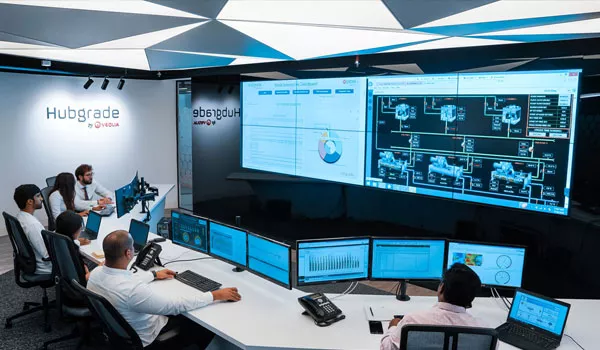
Digital and Technologies
Digital and technology services leverage advanced tools and systems, such as IoT, AI, and data analytics, to optimise the operation and maintenance of buildings. These services enable real-time monitoring, predictive maintenance, and enhanced efficiency through smart automation and data-driven insights. The integration of technology enhances overall performance, reduces costs, and supports sustainability goals.


